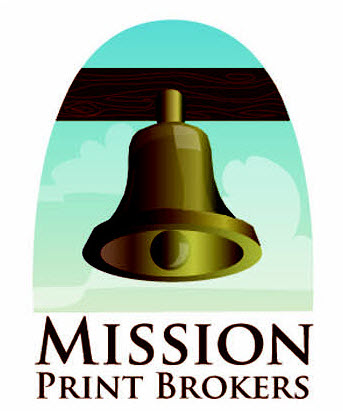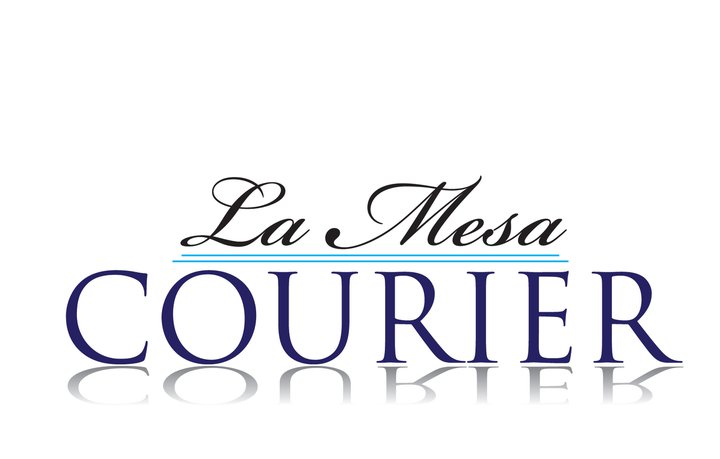It’s the season of agony and ecstasy for college applicants and their supportive parents. But while many have succeeded in getting into their top picks in a year of record low acceptance rates (e.g. Harvard at 5.8%, Yale at 6.7%, Princeton at 7.3%, Columbia at 6.9%, and University of Pennsylvania at 12.1%), many more applicants are coping with the disappointment of rejection or being in waitlist limbo, wondering what to do next. Meanwhile, even those accepted to their top choice schools are grappling with difficult financial aid-influenced decisions.
What should students do and how can parents be supportive of their efforts? Kaplan Test Prep’s experts offer these words of advice for some common scenarios during the college admissions season:
My top choice school rejected me! Where do I go now? It’s a major disappointment, but with many of the nation’s most competitive schools announcing record low acceptance rates this cycle, you are in good company. Life's fate will not be determined by having earned more "yes’s" than "no’s." Ideally you’ve applied to multiple places, including “safety schools,” which should mean you do have options. Focus on your available choices and look at their financial aid packages. Consider whether the school is a “fit” for you academically and for your lifestyle. If cost is a major consideration, you may want to factor in geography with regard to travel expenses.
I’ve been waitlisted. Do I wait? The last thing you should do if you are put on a waitlist is wait. Submit new, relevant information to the college admissions office: midterm grades, awards, new leadership roles, etc. Show them why you are a “must-have student.” It is still tough to get off the waitlist, but taking some concrete steps may increase the odds. However, be conscious that you not go overboard, as you don’t want to cross the line and harass the admissions office. According to a recent National Association for College Admissions Counseling survey, about 55% of waitlisted students opted to remain on the list, and on average, 31% of them were eventually accepted, though it varies widely by school. At the most competitive schools, just 17% made it off the waitlist. In the meantime though, definitely consider the schools that did say “We want you now.”
I got into my top college choice. But, what if they didn’t give me enough financial aid? Learn the art of the bargain. Unlike FAFSA offers, which are non-negotiable, financial aid packages awarded directly by colleges are. Since they’ve already accepted you, they more than likely will work with you. Respectfully tell the college how your family’s financial situation may have changed or how your activities since applying warrant additional aid; the worst that can happen is the request is denied. And, parents, discussing family finances with your child isn’t always easy, but this is an important situation for you to be as honest as possible. It could really pay off.
I got into several of my top schools, but how do I decide which one to attend? This is a good situation to be in, but that doesn’t mean the decision will be easy. Refer to the list of factors you considered when you first applied. See how well the colleges that have offered you admission meet those requirements. If paying for college is an important factor, evaluate their financial aid packages. The best way to make the final decision is to visit (or revisit) the campuses that are still in the running. Then, discuss it with those who know you best and make an informed decision on a school about which you are excited.
is a premier provider of educational and career services for individuals, schools and businesses.







